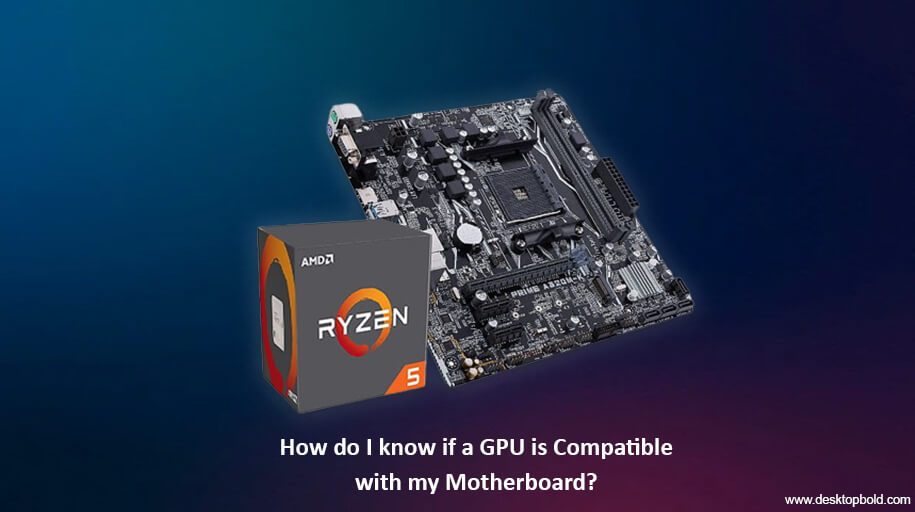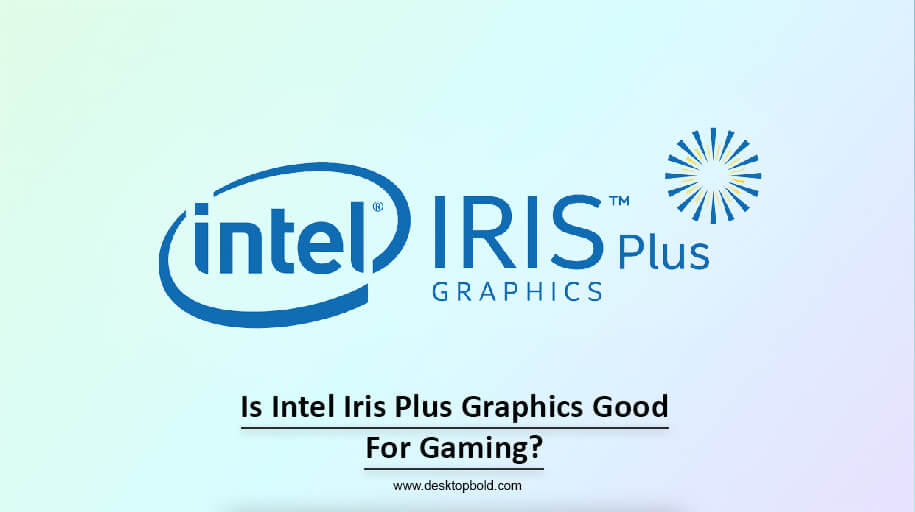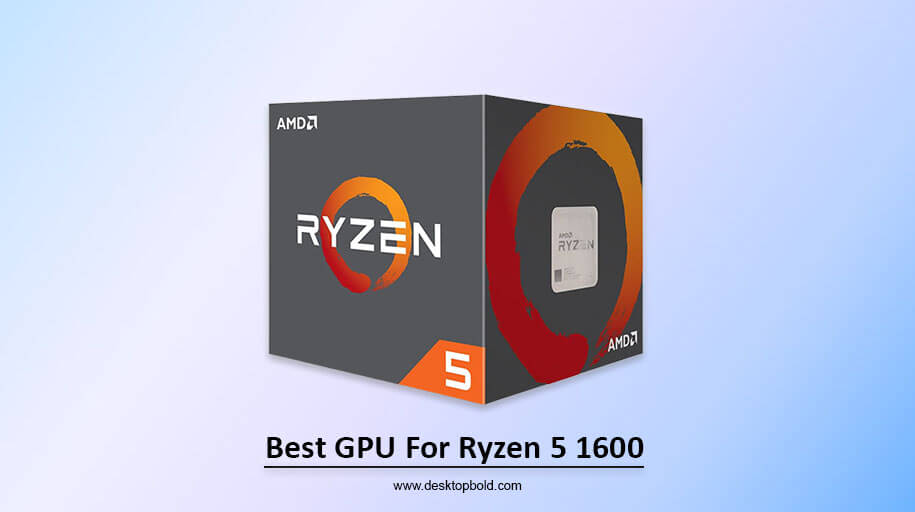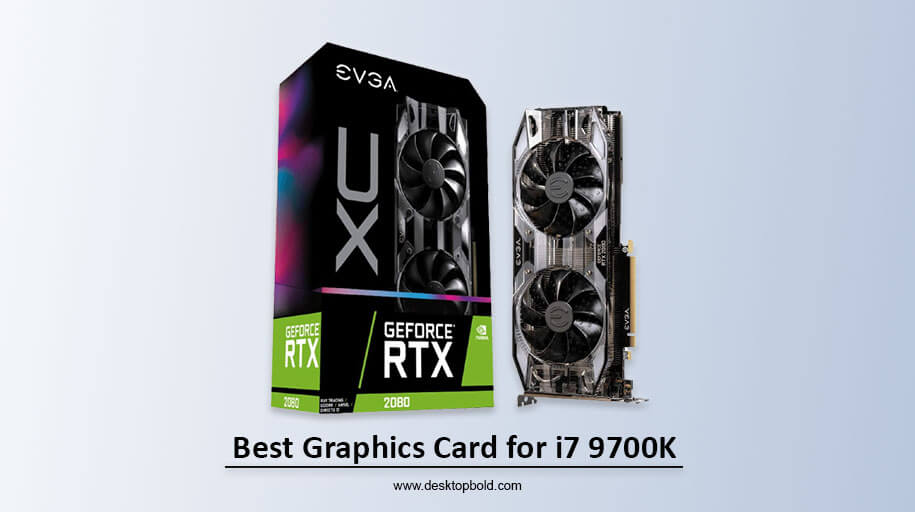Many PCs have integrated GPUs installed in them that are insufficient for high-resolution games. A game lover needs to buy a dedicated GPU. But the main concern is that there are so many choices available in the market which one GPU suits your Motherboard becomes very complicated. As you know, GPU plays a vital role in enhancing the performance of a PC, but it is mandatory to ensure that Is your GPU compatible with your Motherboard? Here compatibility term refers to the ability of sufficient power supply, an excellent cooling system, and connectors.
Many manufacturing companies are offering graphic cards with different features. Each one has its specific essential part. So, today in this article we will talk about how to know if your GPU is compatible with Motherboard.
Factors that determine the Compatibility of a GPU with its Motherboard:
When buying a new graphics card, the first thing you should consider is: Is this GPU will suit your Motherboard? To check this, you need to make sure a few factors that determine the compatibility of a graphic card.
1. GPU size:
The size of the GPU has been reduced for the past several years. This is because the manufacturer attempts to make it better and better day by day. Because small-size GPUs compete much better than big ones with Motherboards. The newest form of GPU is compatible with the latest edition of motherboards only. Older Motherboard is not compatible with small-sized GPUs due to the size difference.
However, it is important to make sure before buying a GPU, that it will fit in the available space. Size issues can cause problems while installing a new GPU into the PC. Hence, kindly check the GPU size before buying a dedicated graphics card for your gaming.
2. The number of Pins on the Graphic Card:
It is the main problem of every user to know whether a graphic card will show compatibility with the Motherboard or not. The compatibility depends upon several factors, out of which the number of pins on the graphic card is also crucial to consider. More pins mean that a graphic card has more ability to work proficiently with the Motherboard while gaming. However, the previous edition of the graphic card cannot perform with the new Motherboard because of fewer pins. While a newly formed Motherboard requires more pins.
You can also check the manufacturer’s website to learn more about GPU specifications. However, every GPU has a specific pair with Motherboard that is compatible. It will be easier to choose your GPU-compatible Motherboard from the manufacturer’s website.
3. Types of Power Connectors:
Motherboard producers compete to make their devices compatible with GPUs because of their growing popularity in a gaming platform. Some motherboard designs must support various graphics processing unit power connection types.
Because of this, attaching the card to the Motherboard may take a lot of work. Some GPUs need a 6-pin connection, and others require an 8-pin connector. There should be an 8-pin connection on a modern motherboard, therefore you should look into getting a new one if yours doesn’t have one. You’ll also need an adapter if the graphics card you want to use has a 6-pin connection, but your Motherboard only has a 4-pin Molex connector. Before purchasing a graphics card, ensure it is compatible with your Motherboard to avoid throwing away your money.
4. PCIe x16 Slot on your Motherboard:
PCI Express (Peripheral Component Interconnect Express) is a widely used serial bus for attaching various devices to a computer’s CPU (CPU). A vital part of this design is the PCI Express slot on the Motherboard. Because it can accommodate two full-sized (16-bit) PCI Express lanes, it is generally referred to as an x16 slot. It acts as a connection point for the central processing unit (CPU) and its peripherals, such as the display adapter, hard drive, and audio card.
Graphics cards like the GeForce GTX 680 and Radeon HD 7970 may be used with PCI Express x16 slots if your Motherboard supports them. Including a PCI Express port on many modern motherboards allows for graphics card upgrades without necessitating a board swap. It is crucial to examine a graphics card’s PCI Express slot compatibility before purchasing it since not all graphics cards are compatible with all PCI Express slots on a motherboard.
5. Power requirement of a GPU:
The power requirements of the Motherboard are one of several elements that influence whether or not a card will function in a given system. It is vital to evaluate the power needs of the graphics card before selecting a motherboard because, usually, graphics cards use more power than other parts of a computer.
Graphics cards typically have power connections on motherboards, although some boards additionally provide expansion slots for extra peripherals. To know how much energy your Motherboard will need, you should consult the manufacturer’s website and the guidebook that came with it.
6. The chipset on the Motherboard:
With the advancement of technology comes the need for more powerful graphics cards, which has led to a dramatic increase in GPU performance over the years. However, your present GPU may only work on a single motherboard, so you may need to buy a new one if you want to utilize it.
Chipset compatibility is particularly important as the performance of your GPU may vary depending on the Motherboard you select. The chipset must be compatible with the new graphics card. There are some modern motherboards that employ Nvidia’s newest chipsets, while others use AMDs. Check the manufacturer’s website or contact them if you need help determining the chipset your Motherboard utilizes.
All the factors that can vary the performance of a GPU and its compatibility with the Motherboard are discussed in detail above. Now let’s come to the main topic how do I know if my graphic card is compatible with my Motherboard?
How to check if GPU is Compatible with the Motherboard?
To compare the specs of a graphics card to those of a motherboard, you may do it differently. You may find a variety of graphics card models and their respective specs on the internet, allowing you to choose the one that best suits your demands.
Z270, H270, B250, B450, and A320 are some of the more common motherboards that work with Nvidia graphics cards. On the other hand, the X370, B350, and A300 are popular motherboards that work with AMD graphics cards. For the most up-to-date information, it is recommended that you check the Motherboard’s manual.
The availability of several software solutions for checking the compatibility of a graphics card with a particular motherboard may be unknown to some users. GPU-Z, CPU-Z, and SiSoftware Sandra are three widely used tools. Users should be aware of the differences between the two and choose the one most suited to their needs. While CPU-Z is mainly concerned with CPU data, GPU-Z is excellent at providing data regarding graphics card technology.
SiSoftware Sandra can examine the hardware and software of a computer to diagnose any issues. Before purchasing a graphics card or Motherboard, you may use compatibility-checking software to ensure they work together.
Graphics cards have specific power needs and cooling requirements, in addition to compatibility with the Motherboard. Make sure you’re prepared with all you need before making a purchase.
6 Ways to know if Graphic Card is Compatible with Motherboard:
Before going out to purchase a graphics card, check to see whether it will suit your Motherboard or not. There are several sorts of graphics cards, and it’s crucial to be sure your Motherboard can handle them before you buy. Here I’m providing you with 6 ways to know if GPU is compatible with Motherboard. Let’s have a look:
1. Check the PCIe slot on your Motherboard:
The graphics card should have a PCIe interface matching the Motherboard slot. For example, if the graphics card uses a PCIe x16 slot, the Motherboard should have a compatible PCIe x16 slot.
2. Check the Power Supply:
The graphics card may require a certain amount of power, which the power supply unit should provide. Make sure the power supply has enough wattage and the necessary connectors for the graphics card.
3. Check the BIOS/UEFI:
Some motherboards may have a BIOS/UEFI setting that can enable or disable support for specific graphics cards. Check your Motherboard’s documentation to see if this is the case.
4. Check the Motherboard’s Dimensions:
Some motherboards have a smaller form factor and may need help to accommodate larger graphics cards. Make sure the graphics card will fit in your computer’s case.
5. Check the Operating System:
Some graphics cards may be supported by something other than an older operating system like Windows 7,8 or 10. So check the operating system compatibility with the graphics card.
6. Check the Drivers:
Some graphics cards may not have the latest drivers for your operating system. So, check the driver’s availability for your operating system before purchasing.
I hope this article will help you check the compatibility of the GPU with your Motherboard and the factors that determine it. Now let’s come to the final words.
Conclusion
In conclusion, determining whether a graphics card is compatible with a motherboard involves several factors to consider that are discussed above in detail. By taking the time to research and check these factors thoroughly, you can ensure that the graphics card you choose will be compatible with your Motherboard and provide optimal performance for your computer. It’s always better to be sure before making any purchase to save time and money.




